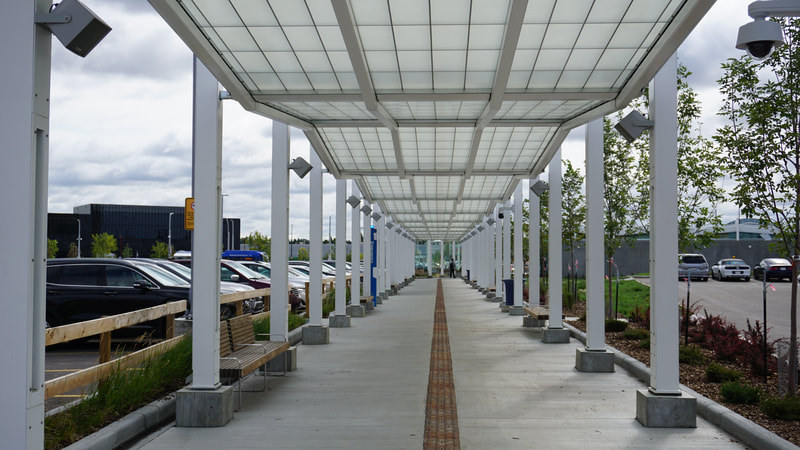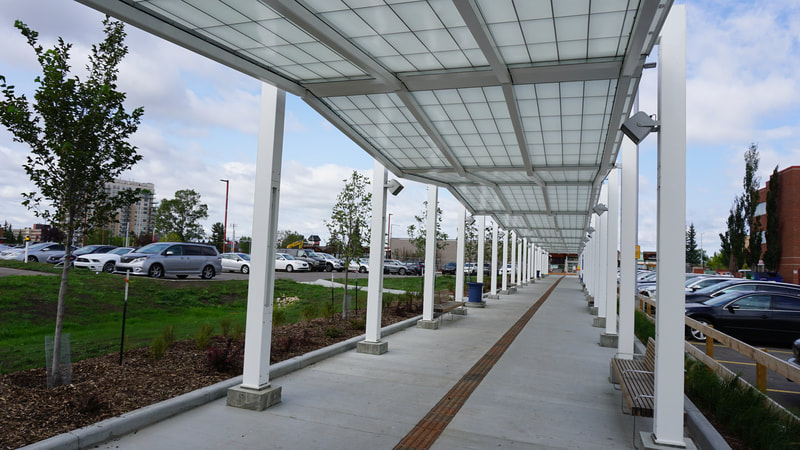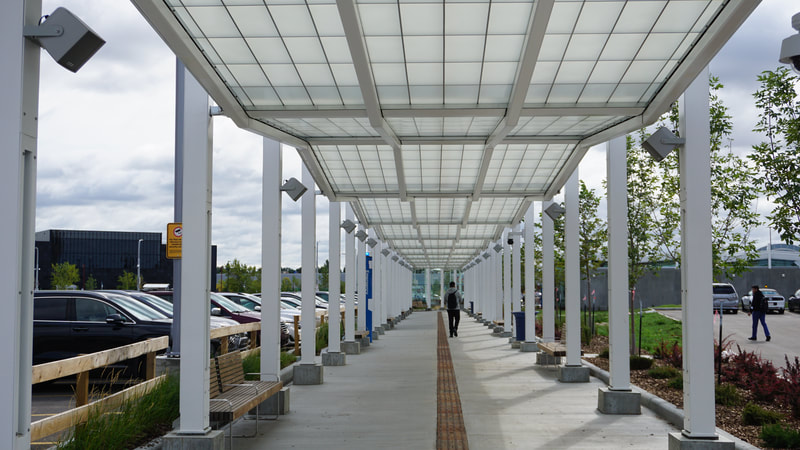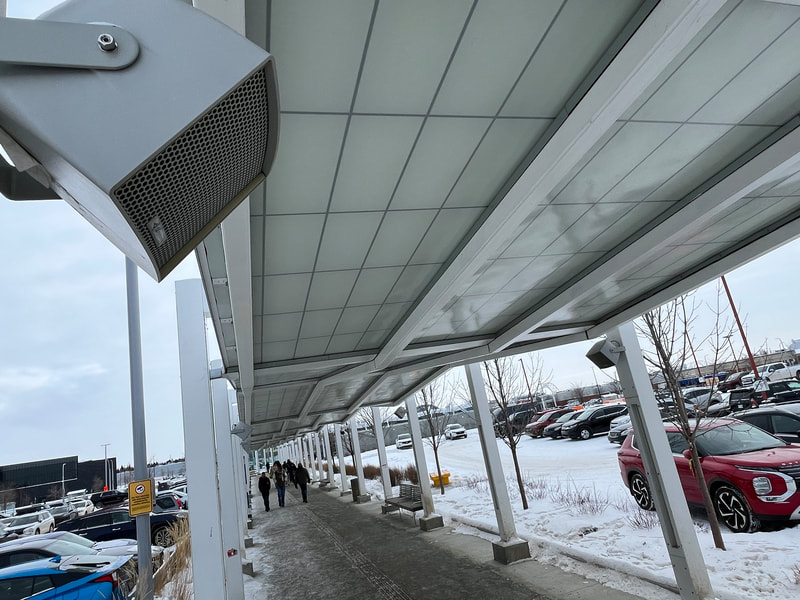Originally from Mendoza, Argentina, Dr. Nicolás Arnáez is now based in Edmonton Alberta, Canada. His music compositions use as a root the concept of interactivity in music, which applies to electroacoustic pieces with real-time sound processing, interactive sound installations, video games, and traditional acoustic ensembles. These pieces have the characteristic of using the space of reproduction as an expressive music parameter; sounds are carefully spread on the space with specific trajectories and locations, carefully loaded with constructive characteristics, this is technically accomplished in a multichannel speaker’s distribution by the use of different spatialization tools like intensity panning, two or three dimensional Ambisonics and VBAP achieved by his self-coded software. This is normally combined by performers’ specific positioning, movement in space indications, among others.
Nicolás' works and contribution to the cultural scene have been awarded in Argentina and Canada; his pieces have been performed also in Brazil and the United States. He is an active and experienced sound projectionist and sound technician on both, the popular and new music scenes in Canada. He holds a Doctorate in Music Composition from the University of Alberta.
Nicolás' works and contribution to the cultural scene have been awarded in Argentina and Canada; his pieces have been performed also in Brazil and the United States. He is an active and experienced sound projectionist and sound technician on both, the popular and new music scenes in Canada. He holds a Doctorate in Music Composition from the University of Alberta.
Thanks for visiting!
Featured work
Sendero a lo Próximo [Path to the Near]
Media Coverage
Back in May 2019, I was contacted by the Edmonton Arts Council, through the University of Alberta Department of Music, to consult on a great idea they had in mind: introducing a sound art installation in a new public space they were developing in our city back then, likely for the first time in Edmonton.
Over the past 4+ years, things were discussed, dreamt about, paused, "Covid-ed," retaken, tested, retested, etc. After investing a significant amount of time (with myself wearing multiple hats in the process), I’m honoured to share the news: I’m presenting "Path to the Near", a new piece of sound art that will be played daily (6am–9pm, in a loop) at least until August 2025 in the Mill Woods pedway that connects the train station to the bus transit station. This quadraphonic work is played through 21 installed speakers over a nearly 100-meter-long outdoor walkway.
What started as a proof-of-concept has now become the first featured work at the site. The piece invites passersby to become audience members by sharing the acoustic space, blending their incidental perceptions with the sounds of processed pianos, basses, vibraphones, synthetic textures, and much more, alongside the uncontrolled traffic noise, conversations, transit beeps, etc. The work invites them then to either ignore these sounds and continue their commute—perhaps by chatting with others they interact with—or to block them out with their own thoughts, earplugs, scarves, etc., or to enjoy the ever-evolving sonic cloud.
Over the past 4+ years, things were discussed, dreamt about, paused, "Covid-ed," retaken, tested, retested, etc. After investing a significant amount of time (with myself wearing multiple hats in the process), I’m honoured to share the news: I’m presenting "Path to the Near", a new piece of sound art that will be played daily (6am–9pm, in a loop) at least until August 2025 in the Mill Woods pedway that connects the train station to the bus transit station. This quadraphonic work is played through 21 installed speakers over a nearly 100-meter-long outdoor walkway.
What started as a proof-of-concept has now become the first featured work at the site. The piece invites passersby to become audience members by sharing the acoustic space, blending their incidental perceptions with the sounds of processed pianos, basses, vibraphones, synthetic textures, and much more, alongside the uncontrolled traffic noise, conversations, transit beeps, etc. The work invites them then to either ignore these sounds and continue their commute—perhaps by chatting with others they interact with—or to block them out with their own thoughts, earplugs, scarves, etc., or to enjoy the ever-evolving sonic cloud.
This piece was possible thanks to the kind contribution
of the Edmonton Arts Council
of the Edmonton Arts Council












